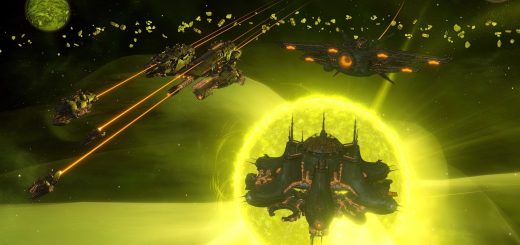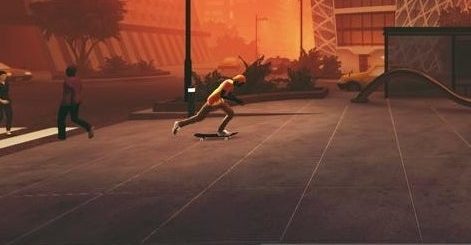Kirby Air Riders is a blazing assault on the senses where once you lock in, the magic cuts through
Let’s kick off with a confession: I never really rated 2003’s Kirby Air Ride. I’m well aware that some regard it as a GameCube classic, but I’m not one of them. When a sequel, Kirby Air Riders, closed out the big Switch 2 blow-out Nintendo Direct, my reaction was rather apathetic. A sequel to that is their grand finale?
It’s classic Nintendo that all it took to win me around was a way-too-detailed Nintendo Direct broadcast and a quick 30-minute hands-on. I get it now. Not why some people loved the original so – that knowledge still eludes me – but I now understand why Nintendo and Super Smash Supremo Masahiro Sakurai wanted to make another one of these. As the Direct cheekily needled, this could be seen as being a lot like Mario Kart. But really, in truth, it has more in common with Smash.
To see this content please enable targeting cookies.
Kirby Air Riders is a strange little thing. It’s simple, as demonstrated in its easy-to-discern objectives and a control scheme that requires only a handful of buttons to operate. With that said, it has its ways in which it is complicated – at the hands-on, Nintendo had a chaperone quickly run each player through a handful of tutorials amidst a menu replete with them, clearly concerned that some players might struggle to wrangle or understand its esoteric ways.
This whole dichotomy is very much Sakurai’s jam. These are the fingerprints of a man who designed one of the most competitively sublime fighting games of all time… sort of by mistake. Melee’s tightest brawling was a byproduct of making a party game for children that, through glitches, exploits, and mechanics interacting in unexpected ways became a hyper-competitive dream. Even if Sakurai’s instinct has been to design away from that with every Smash Bros game since, that same predilection for a mash-up of surface simplicity and hidden complexity rears its head here.
What is in a sense clearly intended to be a breezier racer than the manic euphoric highs and brutal blue-shelled lows of Mario Kart is elevated and transformed by a search for depth that doesn’t compromise that accessible core.
Hop into Air Rider courses and you get the simplicity. It is after alls a circuit race with six competitors on track, automatic acceleration, and walls that keep you from going too far off-course. It feels fluffy and friendly – like Kirby. The controls add to that; all you really need to know is that the left stick steers you left and right and the B button brakes. That’s all a kid will need to ‘get through’, so to speak – but there is of course more to it than that.


